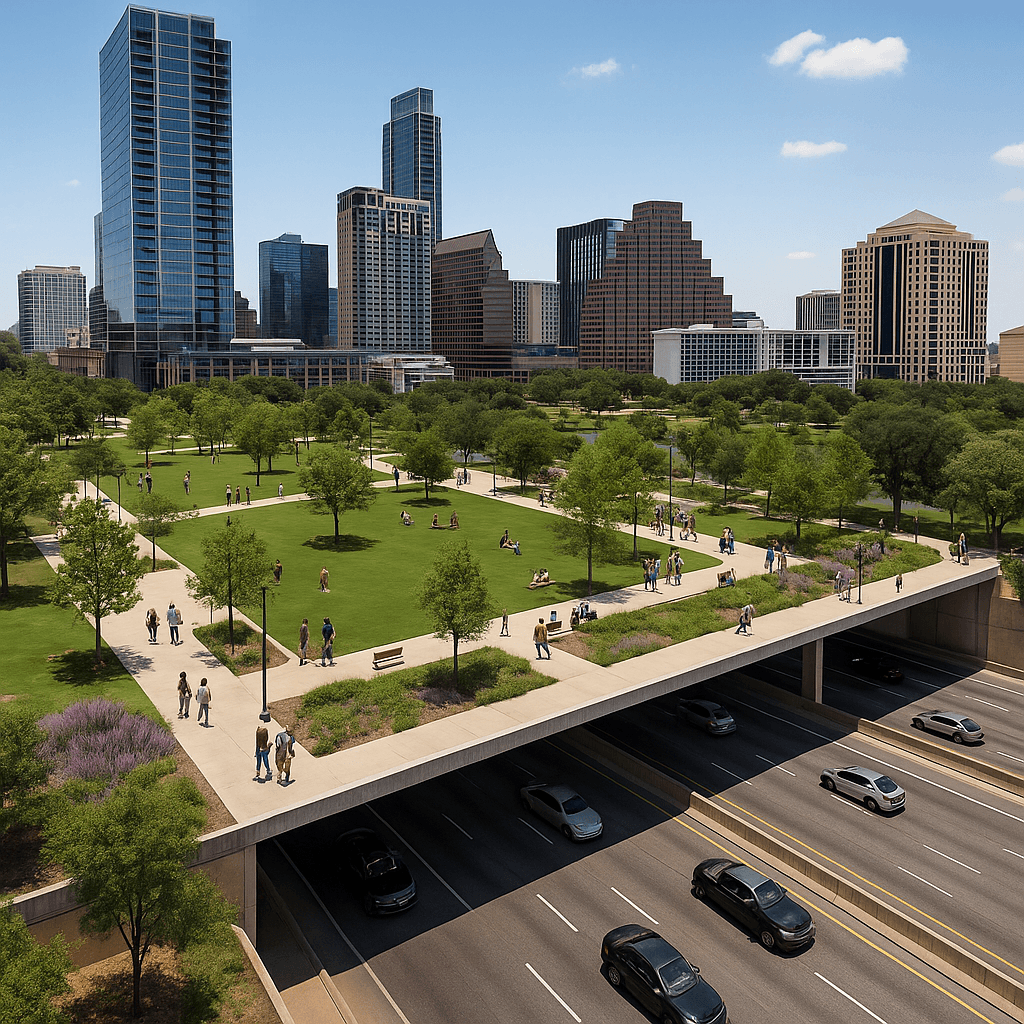- The cost of renewable energies – including solar – have decreased dramatically over the past decade.
- For property owners, the decision whether to add solar panels is a balancing of costs and savings.
- Part of the savings includes government subsidies – which happen at the local, state, and federal level.
Its hot all over the country right now. While we are used to it here in Texas, other parts of the country are experiencing a heat wave they are not used to at all. These hot days made me think more about solar power and whether these changes made it more viable and affordable.
While I was having these thoughts, I read about Tesla’s desire to build a totally sustainable neighborhood here in Central Texas. Tesla is partnering with some local folks to build the first Tesla Solar neighborhood and the nation’s most sustainable residential community, according to a news release. The goal is to create an energy-neutral, sustainable community and a model for the design and construction of sustainable large-scale housing projects around the world.
This sounds really cool and I’m excited to see companies working to develop sustainable buildings. But there are so many questions I have that I am just ignorant about – especially when it comes to solar. What is the state of solar power? Does it work? Is it affordable? Those are the questions I wanted to ask in this week’s blog entry.
The Current Status of Solar Power
I want to start this off by admitting that I am completely uneducated on solar power. My impressions of it are that a) its clean but b) it is expensive and often unaffordable without government incentives. So those are the biases I came with as I began to examine this issue.
This article from Popular Science pretty quickly challenged belief b) above. According to the article, the cost of renewable energy has plummeted in the last decade. Solar energy specifically has gone from the most expensive option for building a new energy development to the least expensive. This is largely thanks to investment in technology that both the government and private companies have made.
Cost for Individual Consumers
But while the cost of solar has apparently plummeted, what does that mean for the individual consumer? If you own a house or a commercial building, does it make sense to install solar panels?
Turns out the answer to that is maybe. (They must have a good lawyer). To get solar panels installed on a typical house usually costs between $15,000-$20,000. And once you get the solar panels installed, you can connect to your electricity grid and get a credit from your local utility provider. So the question you have to make is – how much offset do you need to recoup the cost of the installation in a reasonable time?
Electricity rates vary greatly depending on where you are. The national average appears to be about 13 cents per kilowatt-hour. So as a property owner, you have to determine how much energy you use, how much you will get from the solar panels you install, and how much savings that will provide based on your local energy cost. That will tell you how long your payback period is – and if the installation is worth it.
Incentives are Available
But there is one more variable you also have to consider – government incentives. Depending on where you live, your local or state government may provide incentives to install solar panels on your property.
In addition to that, there are federal government incentives that may be available. Currently, if you install a solar power system by December 2023 you may be eligible for up to a 26% tax rebate. This is a dollar for dollar tax credit up to 26% of the cost of the installation. So that is another factor that can go into your financial analysis on whether it makes sense to install solar panels.
So after all of this research – what’s the answer? Is solar power the future? Should a property owner install panels? Well … maybe.



